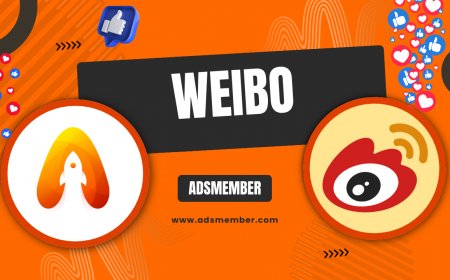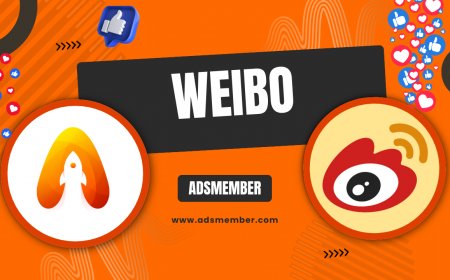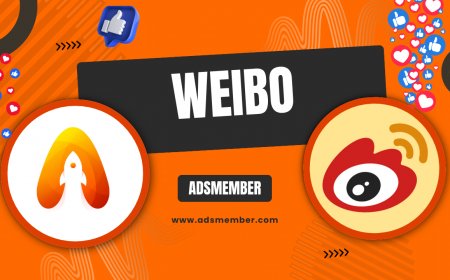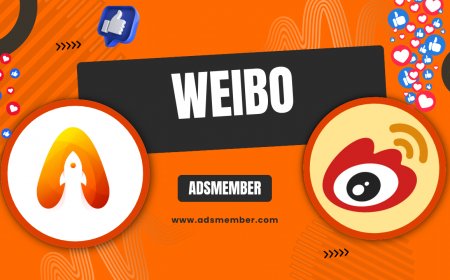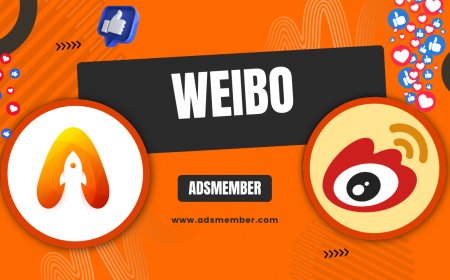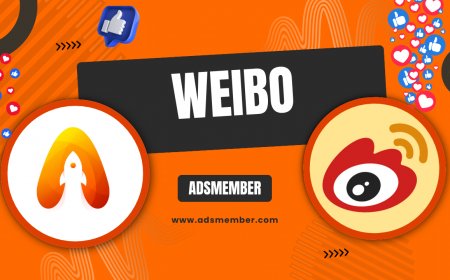Tencent Weibo: China’s Forgotten Social Media Giant Explored
Dive into Tencent Weibo, China’s once-popular microblogging platform. Uncover its rise, fall, and legacy in Chinese social media with unique insights and tips.
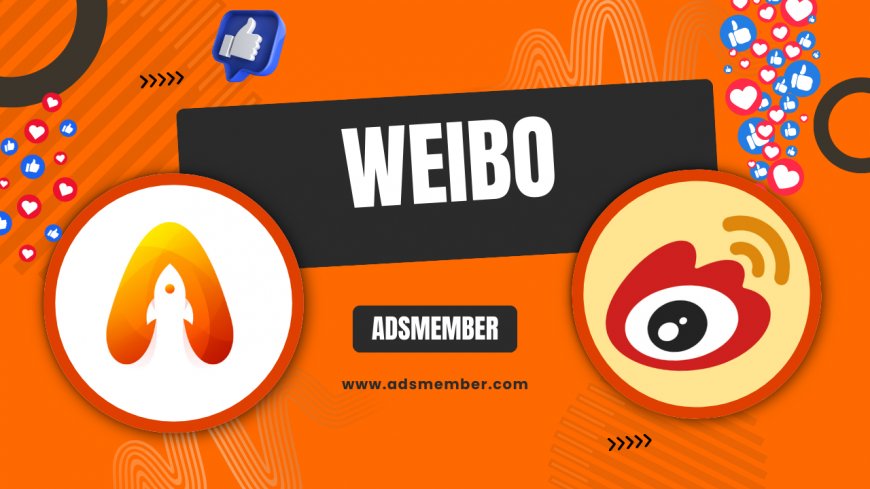
Let’s talk about Tencent Weibo—a name that might not ring a bell for many outside China, but once stood as a titan in the Chinese social media landscape. Launched by Tencent in 2010, this microblogging platform aimed to rival Sina Weibo, the dominant player at the time. Honestly, I’ve always been fascinated by how fast-paced and competitive China’s digital space is, and Tencent Weibo’s story is a perfect example of ambition meeting tough odds. In this deep dive, we’ll explore its rise, why it faded, and what marketers or history buffs can learn from it. Stick with me for some unique insights you won’t find in generic articles!
The Rise of Tencent Weibo in China’s Digital Boom
Back in 2010, China’s internet was exploding. With over 400 million users online (as per Statista), microblogging became the hot new way to connect. Tencent, already a giant with QQ, saw an opportunity and launched Tencent Weibo. I remember reading about its early days—celebrities and influencers flocked to it, drawn by Tencent’s massive user base. The platform offered features like multimedia posts and integration with QQ, making it a seamless choice for millions. In my opinion, their strategy to leverage existing users was brilliant, but was it enough?
Key Features That Set It Apart
What made Tencent Weibo click initially? For starters, its interface was user-friendly, even for non-tech-savvy folks. It allowed 140-character posts (like early Twitter), but also supported rich media—think photos and videos—which was a big deal then. Integration with QQ meant instant access to friends’ updates. Honestly, I think this cross-platform synergy gave it an edge, at least on paper.
Why Tencent Weibo Couldn’t Keep Up
Despite a strong start, Tencent Weibo began to falter by 2013. Sina Weibo, its main rival, had a tighter grip on celebrity culture and breaking news—a key driver for user engagement. I’ve seen platforms come and go, and in my opinion, Tencent’s biggest misstep was not innovating fast enough. While Sina adapted to user demands, Tencent seemed stuck. By 2014, reports suggested active users dropped significantly, and Tencent quietly scaled back support.
The Role of Market Competition
Competition in China’s social media space is cutthroat. Sina Weibo had first-mover advantage and a knack for viral content. Tencent Weibo, despite its backing, couldn’t carve a unique identity. I recall a case study from a Chinese tech blog where analysts noted Sina’s focus on real-time trends outpaced Tencent’s broader, less focused approach. It’s a classic lesson—bigger isn’t always better.
Lessons for Digital Marketers from Tencent Weibo’s Fall
If you’re in digital marketing, Tencent Weibo’s story offers gold. First, user retention trumps user acquisition. Tencent had millions sign up, but many left due to lack of fresh content. Second, niche matters—Sina Weibo owned ‘newsy’ microblogging; Tencent didn’t find its ‘thing.’ My tip? Study failed platforms like this to avoid similar pitfalls. Check out more social media strategies on our Social Media Insights page for deeper dives.
Unique Tip: Leverage Historical Data for Campaigns
Here’s something I rarely see discussed—use historical platforms like Tencent Weibo for research. Old posts or trends (if archived) can reveal cultural insights for campaigns targeting China. Tools like Wayback Machine might help unearth snapshots. It’s a quirky but effective way to stand out in a crowded market.
Data Visualization: Internet Growth in China (2010–2014)
To give context on Tencent Weibo’s era, let’s look at China’s internet growth. The SVG chart below shows user numbers during its peak years, based on Statista data. Visuals like this help me grasp scale—hope it helps you too!
What Happened to Tencent Weibo Today?
By 2020, Tencent Weibo was effectively shuttered. Tencent shifted focus to WeChat, its all-in-one app that dominates China with over 1.2 billion users (per Tencent’s 2022 report). Honestly, I’m not surprised—WeChat’s versatility killed the need for a standalone microblog. Some archived content might still float around, but the platform is a ghost of its past. It’s a bittersweet end to a once-promising story.
FAQ: What Was Tencent Weibo?
Tencent Weibo was a Chinese microblogging platform launched by Tencent in 2010. It allowed users to post short updates, share media, and connect via QQ integration. It aimed to compete with Sina Weibo but faded by 2014 due to fierce competition and lack of innovation.
FAQ: Why Did Tencent Weibo Fail?
Tencent Weibo failed largely due to Sina Weibo’s dominance in real-time content and celebrity engagement. Tencent couldn’t differentiate enough and lost user interest. Shifting focus to WeChat also played a role in its decline.
FAQ: Can I Still Access Tencent Weibo?
No, Tencent Weibo is no longer active. Tencent discontinued support years ago, redirecting efforts to WeChat. Some archived data might exist via third-party tools, but the platform itself is defunct.
FAQ: What Can Marketers Learn from Tencent Weibo?
Marketers can learn the importance of niche branding and user retention from Tencent Weibo’s story. Don’t just chase numbers—build a unique identity. Studying past platforms also offers cultural insights for targeting Chinese audiences.
What's Your Reaction?
 Like
0
Like
0
 Dislike
0
Dislike
0
 Love
0
Love
0
 Funny
0
Funny
0
 Angry
0
Angry
0
 Sad
0
Sad
0
 Wow
0
Wow
0




































